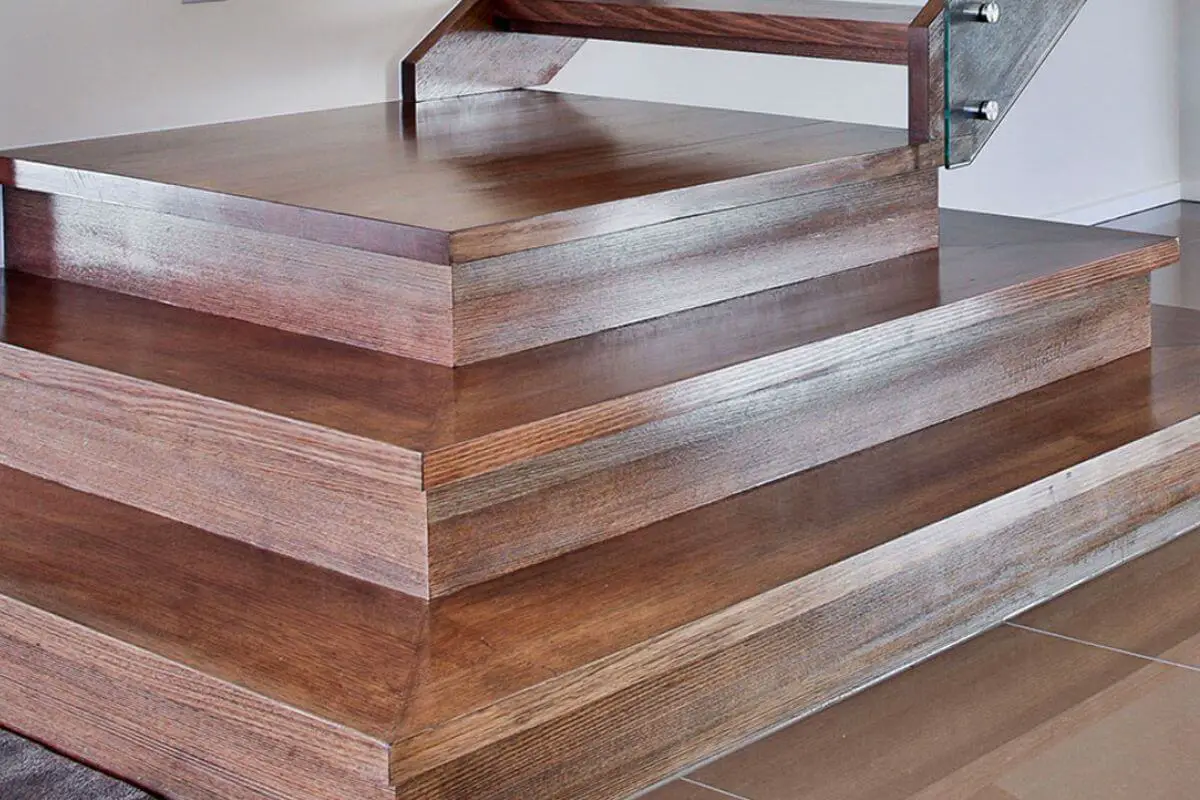Introduction
When it comes to finishing the edges of your flooring, especially on stairs or where the floor meets a wall, you have a choice between different trim profiles. Two common options are bullnose and stair nose. These profiles not only provide a polished look but also serve functional purposes. In this comparison, we’ll explore the differences and uses of bullnose and stair nose trims to help you make an informed choice for your flooring project.
Bullnose Trim
Appearance and Features
Bullnose trim, as the name suggests, has a smooth, rounded edge. It is typically used to finish the exposed edges of tile, wood, or laminate flooring. Bullnose trim creates a visually pleasing, soft transition from the floor to the wall or from one room to another. It eliminates sharp edges, enhancing safety and aesthetics.
Applications
Bullnose trim is commonly used around the perimeter of rooms, along the edges of countertops, or to frame the opening of a fireplace. It is versatile and can be applied wherever a rounded, finished edge is desired.
Stair Nose Trim
Appearance and Features
Stair nose trim, on the other hand, is specifically designed for stairs. It has a unique profile that includes a flat surface with a rounded, overhanging edge. This rounded edge extends beyond the stair riser, providing a durable and safe finish to staircases. The flat surface allows for a smooth transition from the horizontal step to the vertical riser.

Applications
Stair nose trim is exclusively used on stairs to create an attractive and safe edge. It not only enhances the appearance of the staircase but also adds an extra layer of protection to the stair edges, preventing wear and tear over time.
Key Differences
- Purpose: The primary difference between bullnose and stair nose trim is their intended purpose. Bullnose trim is used to finish the edges of flooring in various areas, while stair nose trim is specifically designed for stairs.
- Profile: Bullnose trim features a rounded, smooth edge that offers a softer transition. Stair nose trim has a unique profile with a flat surface and an overhanging, rounded edge that provides added durability and safety on stairs.
Conclusion
In summary, bullnose and stair nose trims serve different functions and have distinct profiles. When choosing between them, consider the location and purpose. If you need to finish the edges of your flooring in rooms or around countertops, bullnose trim is the suitable choice. For stairs, where safety and durability are paramount, stair nose trim is the ideal option. Both trims add a professional and polished look to your flooring project while serving their specific functions effectively.
FAQs
1. Can I use bullnose trim on stairs, or is it specifically for horizontal edges only?
- Bullnose trim is typically designed for horizontal edges, such as those around countertops or the perimeter of rooms. While it can be used on stairs, stair nose trim is better suited for this purpose due to its specialized profile that enhances safety on staircases.
2. Is there a difference in installation between bullnose and stair nose trim?
- Yes, there is a difference in installation. Bullnose trim is generally easier to install and is suitable for a wider range of applications. Stair nose trim requires specific installation methods to ensure a secure fit on stairs.
3. Do bullnose and stair nose trims come in various materials and finishes to match different types of flooring?
- Yes, both bullnose and stair nose trims are available in a variety of materials and finishes to complement different flooring types, including wood, tile, laminate, and more. You can choose a trim that matches your flooring material and style.
4. Are there specific measurements or dimensions to consider when selecting bullnose or stair nose trim for my project?
- Yes, it’s essential to consider the dimensions of the trim, especially the width and length, to ensure it covers the edges adequately. For stair nose trim, you’ll need to measure the width of the stair tread and the depth of the stair nosing for a proper fit.
5. Can I use stair nose trim on areas other than stairs if I prefer its profile?
- While stair nose trim is designed primarily for stairs, you can use it in other areas if you prefer its profile and appearance. However, bullnose trim is generally more versatile and may be a better choice for non-stair applications.
6. Do bullnose and stair nose trims come with adhesive backing for easy installation?
- Some trim products may come with adhesive backing for convenient installation, while others may require additional adhesive or fasteners. It’s important to follow the manufacturer’s installation instructions for the specific trim product you choose.
7. Are there different color options available for bullnose and stair nose trims to match my flooring color?
- Yes, both trim types are available in various color options to match or complement your flooring color and style. You can select a color that seamlessly integrates with your flooring for a cohesive look.
8. Do bullnose and stair nose trims provide any additional safety benefits beyond their aesthetic appeal?
- Stair nose trim is designed with safety in mind, as its profile helps prevent tripping and protects the edges of stairs from wear and tear. While bullnose trim enhances safety by eliminating sharp edges, its primary focus is on aesthetics and finishing.
9. Can I easily replace or update bullnose or stair nose trim if I want to change the look of my flooring in the future?
- Yes, both trim types are typically replaceable and can be updated to match changes in your flooring or design preferences. Removing and replacing the trim is a manageable task when renovating or updating your space.



